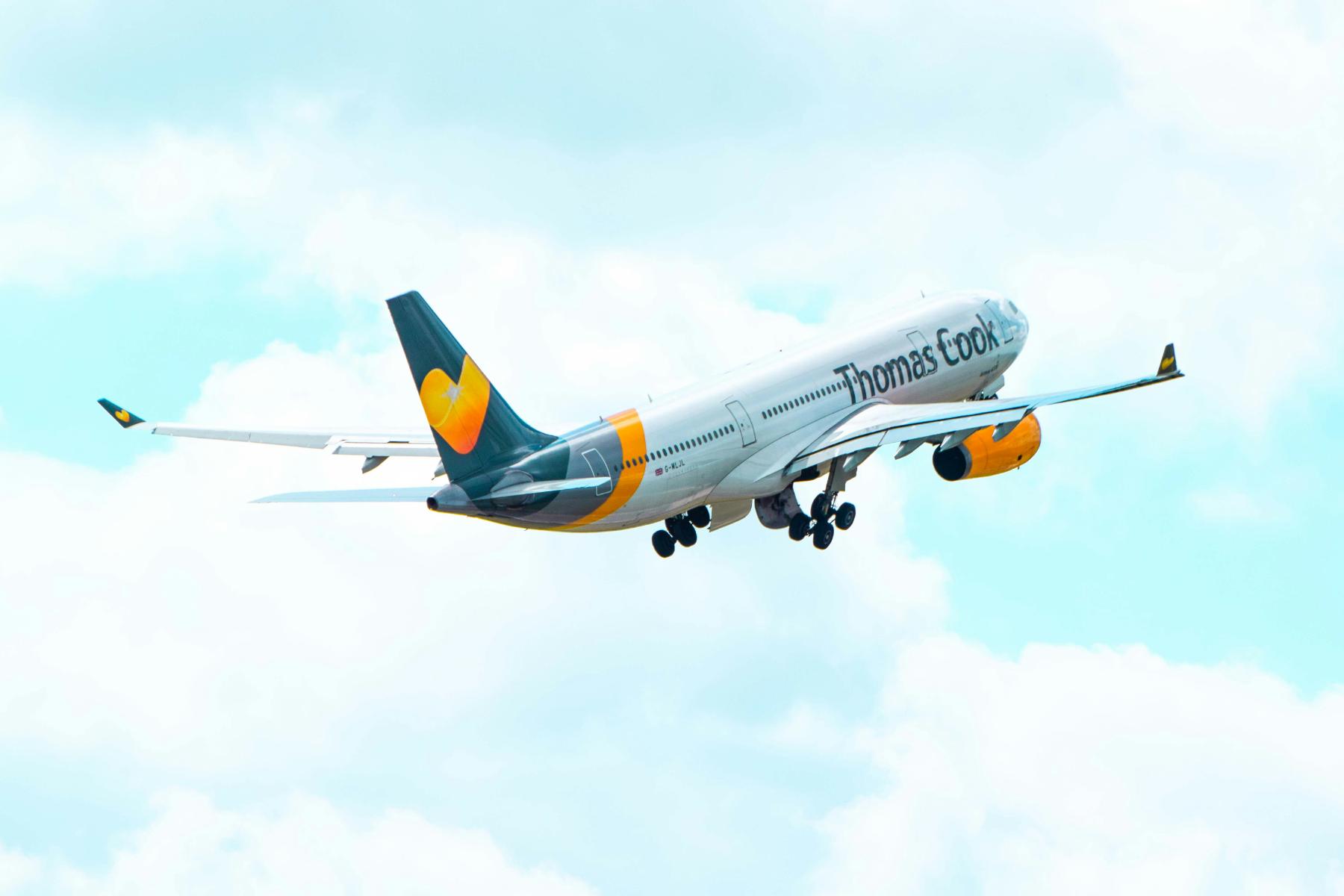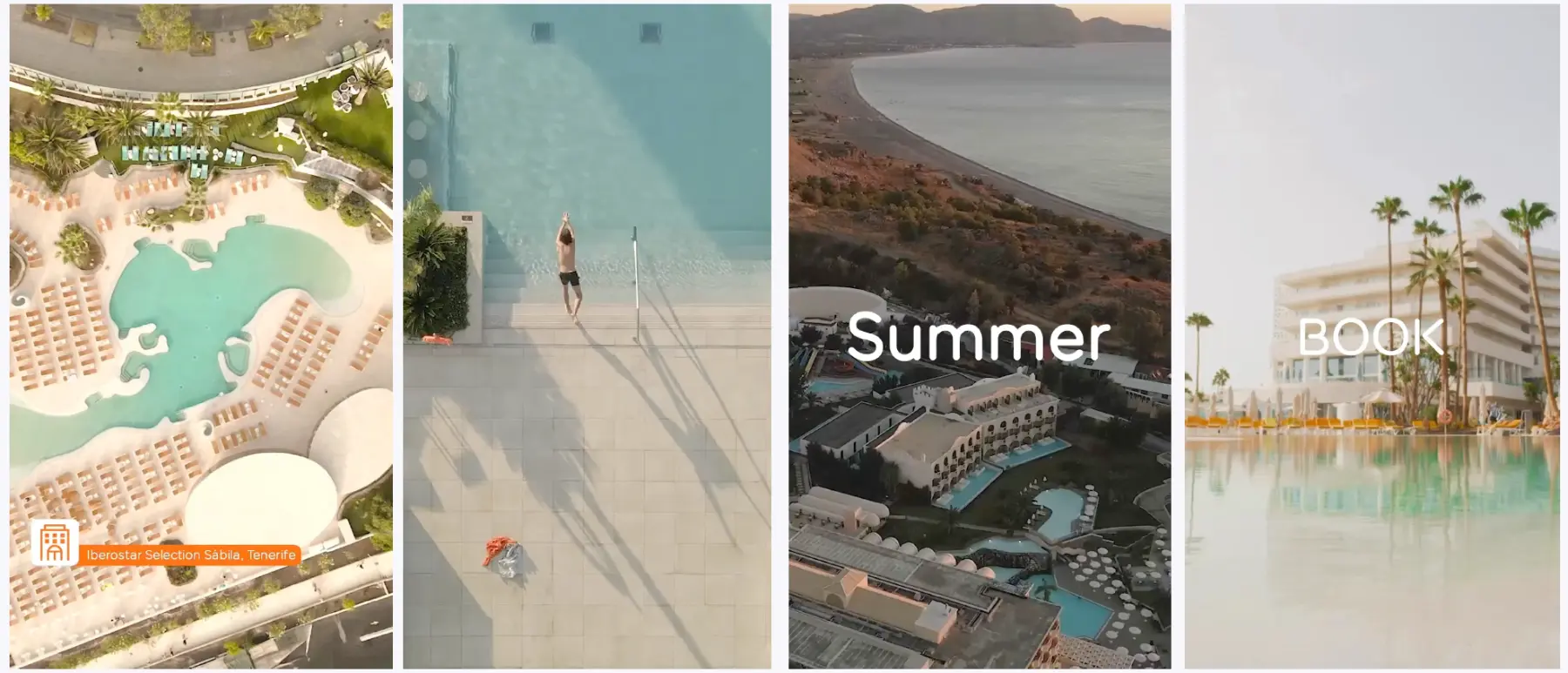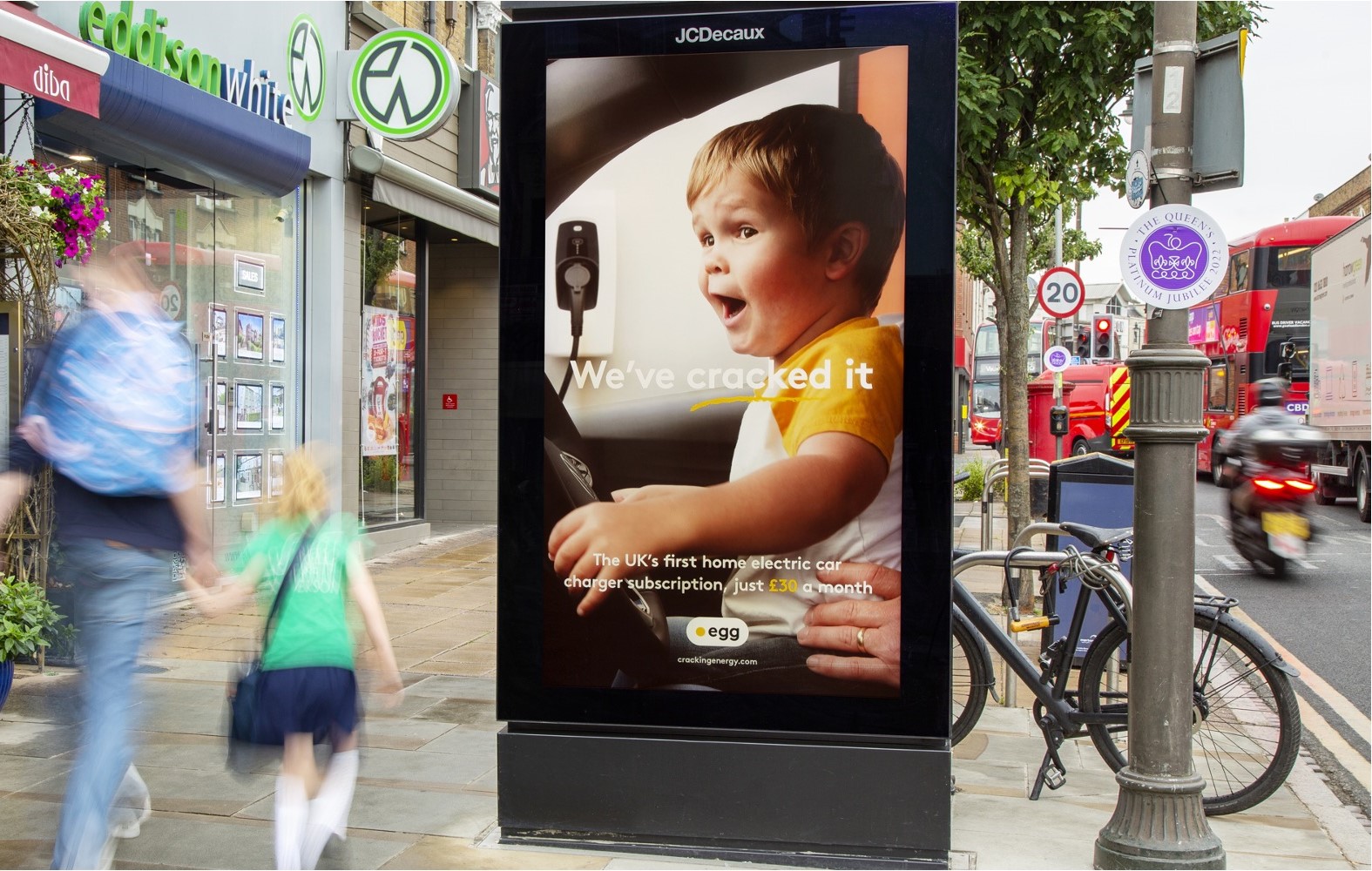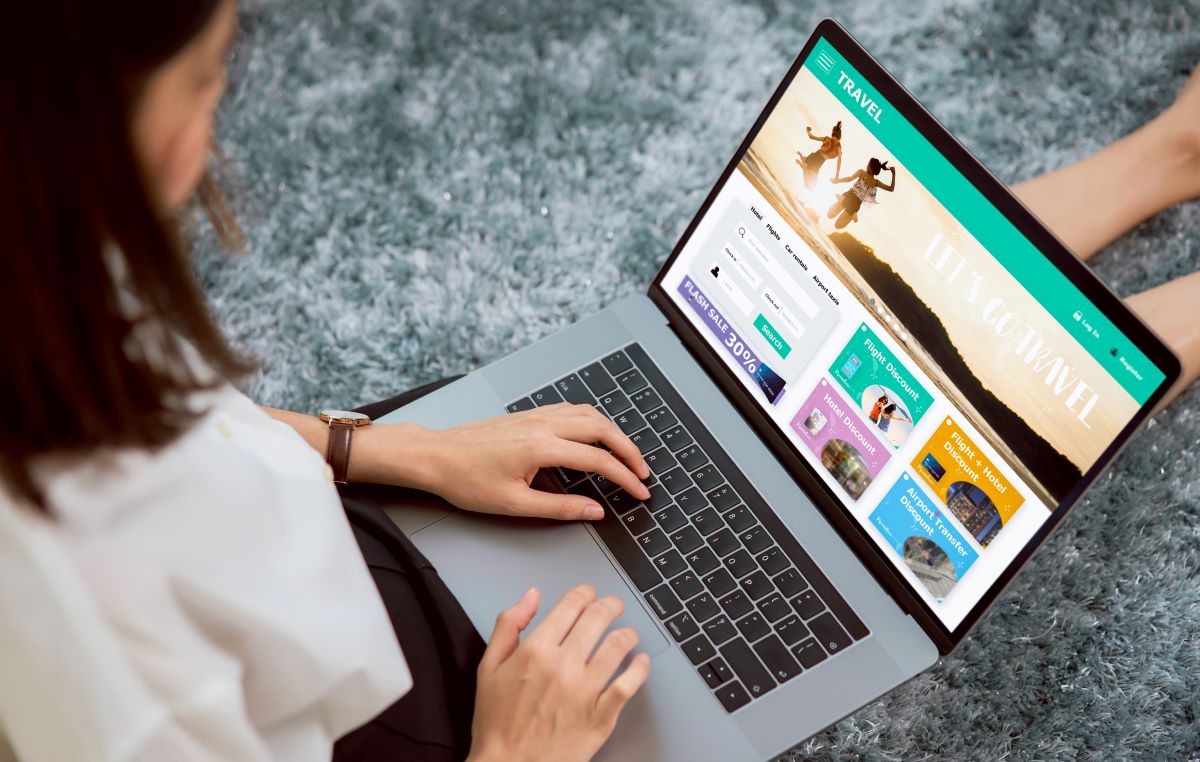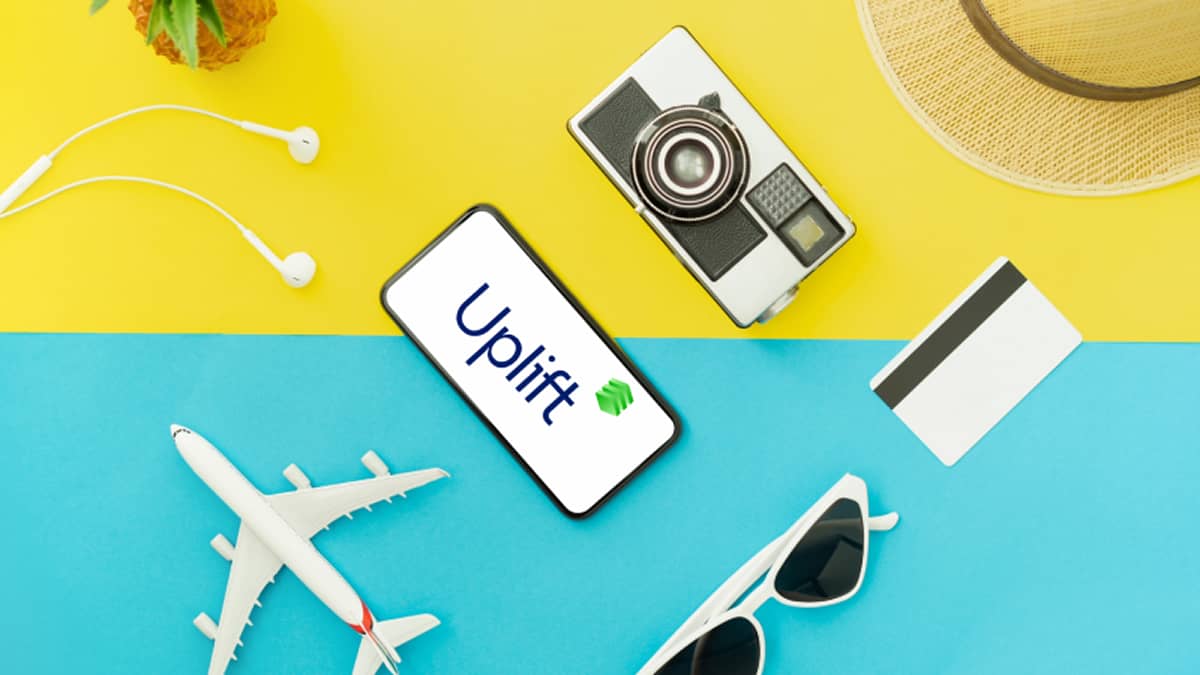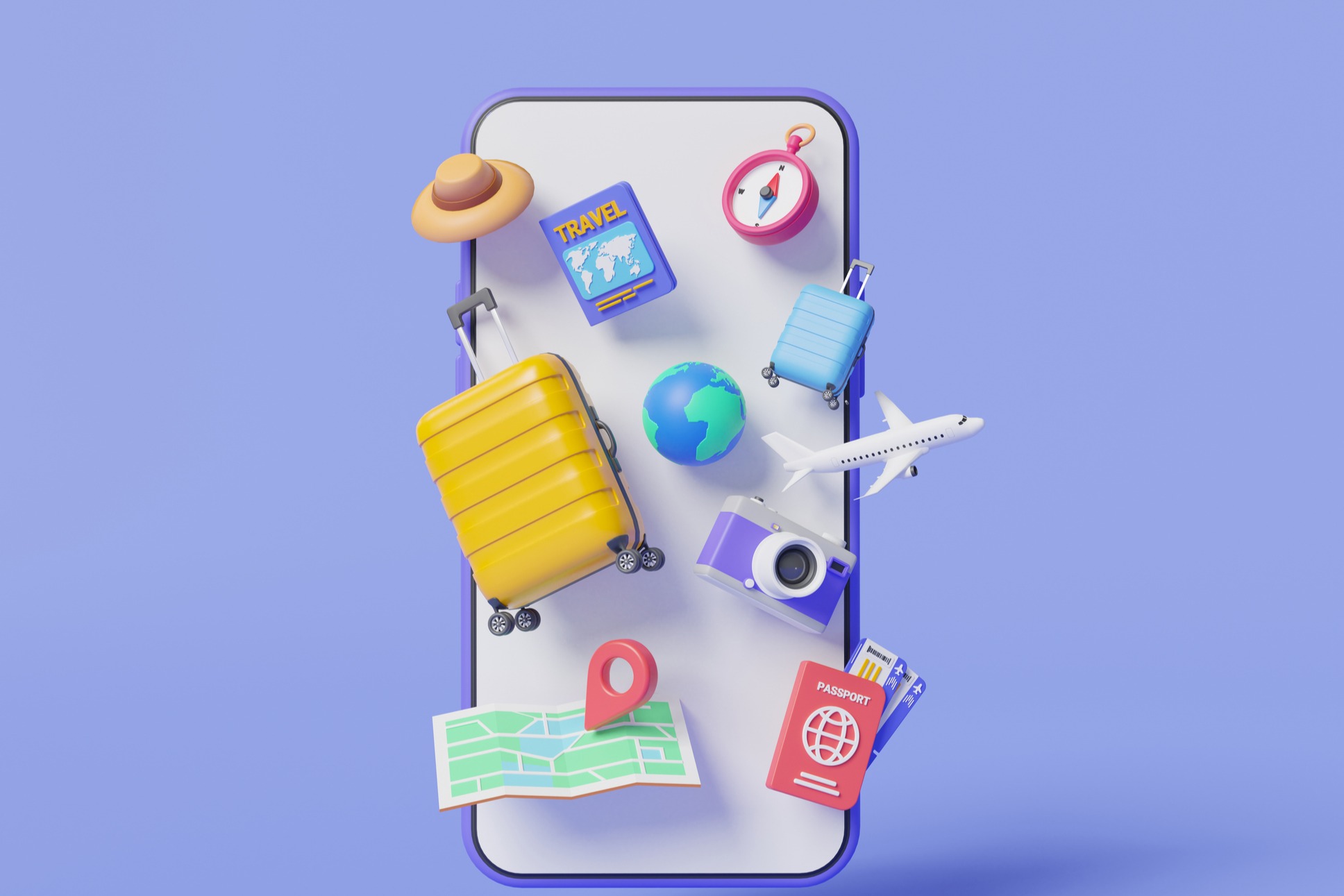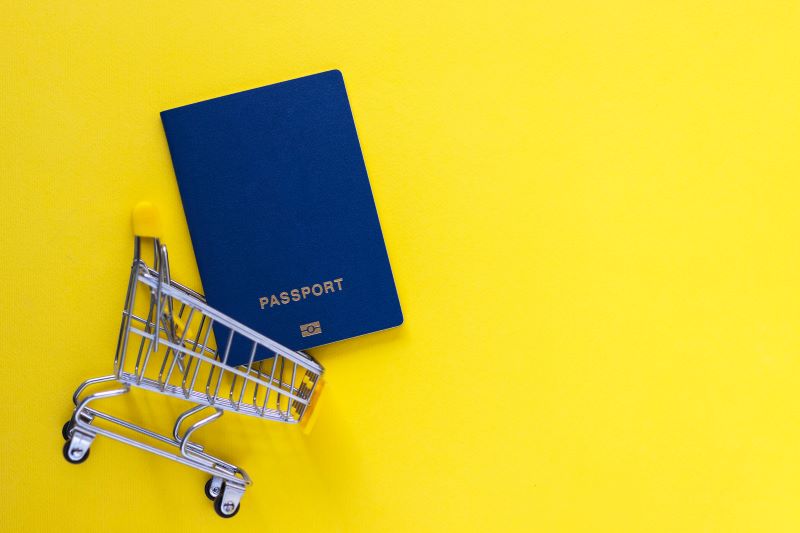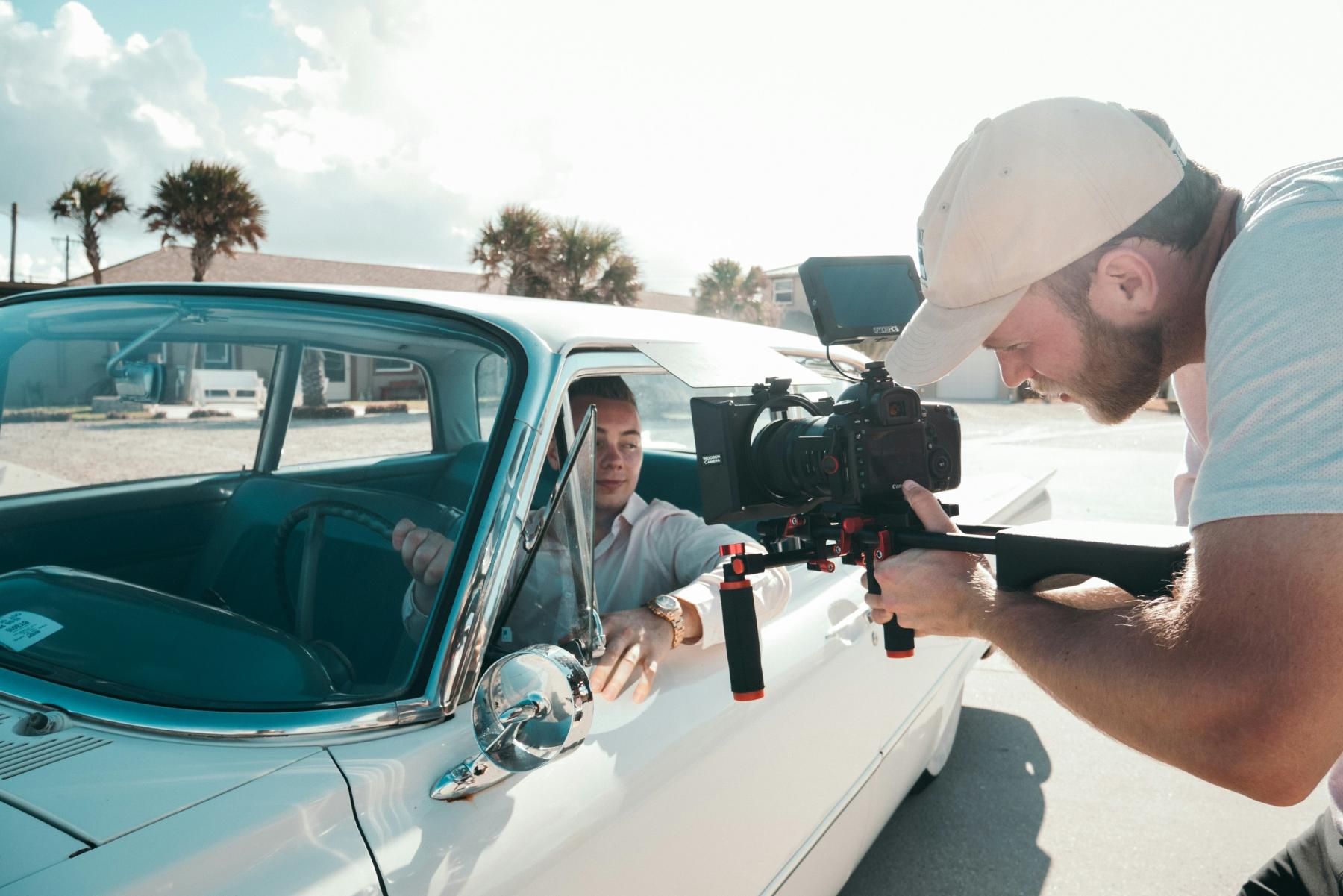Siloes are the enemy of partnership growth. How to avoid them and other pitfalls when scaling your co-marketing

In our recent blog, we explored what retail media is and how it is transforming OTA and tour operator co-marketing and partnerships for the digital age. In this article we explore the challenges typically faced when trying to scale co-marketing and partnerships.
When it comes to building incremental revenue from effective partnerships, scalability is key. A scalable model not only helps OTAs and tour operators execute larger partnerships, but also unlocks revenue from advertisers with smaller budgets.
A robust and scalable partnership model is the key to building incremental revenue. With the right system and strategy in place, OTAs and tour operators can chase greater budgets from large partnerships that were previously assigned to traditional advertising, but also roll out hundreds of smaller campaigns with relative ease and no need for additional resource,” explains Stuart Adamson, CEO, Platform 195.
According to Stuart, achieving this scalability should be the north star for those responsible for partnerships and co-marketing.
“The misnomer around scaling partnerships that I hear regularly is that it is hard, or too much effort for not enough reward. This just isn’t true. We see customers reaping the benefits of transformation within very short timeframes. Because once you have a scalable process, the world is your co-marketing oyster, ”says Stuart.
But to scale effectively, you need to ensure all your ducks are in a row and working well together. While this might sound straightforward, siloes lurk around every corner in the world of travel partnerships, threatening to trap you and slow your success.
Thankfully, if you know the warning signs and put time and effort into planning your partnerships transformation, the silo risk can be mitigated. So, what are these pitfalls and how can you navigate them on your retail media journey?
#1: The manual silo
Probably the most obvious on the list, manual processes are well known to be problematic. In fact, they are often the driving force behind travel organisations looking to retail media solutions in the first place.
“Often we see businesses who have really well thought out processes but the fact they are manual limits their effectiveness. To scale, they might start automating some of them, bit by bit. Maybe they start with CMS or social, but at the heart of it there are still manual processes underpinning the marketing ecosystem,” says Stuart.
As a result of these manual processes, scaling your co-marketing or growing your media partnerships revenue is nigh on impossible.
“When you rely on manual processes you can’t deliver high volumes of campaigns for partners with smaller budgets, which limits your revenue opportunities. The workload is just too high, for every campaign you have to create it, get it live, optimise it, screenshot it, report it. It just isn’t viable to scale this work when you rely on manual systems and processes,” adds Stuart.
#2: The too many cooks pitfall
Closely intertwined with the manual silo, the too many cooks pitfall poses an issue when you have a process that is split across multiple teams. End-to-end, co-marketing campaigns often require input from marketing teams, e-commerce teams, design teams, external agencies and more.
“We tend to see organisations where co-marketing and media partnerships are an adjacent revenue stream, rather than a core one. The problem with this is that the tasks related to it aren’t often high on the priority list, and when you consider how many people are involved, it can really slow down the process of running an effective campaign, and impact its profitability too,” explains Stuart.
#3: The technology silo
Technology is often seen as the answer to end all siloes but it can also exacerbate them. When looking at technology, you need to take a holistic view and consider all the processes you are trying to automate, and all the involved parties.
“It’s very common for a company to try and solve a problem with technology, for example you might bring in an email platform or an ad server. Suddenly you are collecting data you weren’t before so it’s easy to think you have solved the problem,” says Stuart.
“But actually, what you now have is multiple efficient systems that don’t connect, siloed data, and a campaign manager who is having to log into six different systems to get their work done,” he adds.
So, how do you break free from these siloes and pitfalls?
The good news is, overcoming them isn’t impossible. Firstly, look for a single solution that addresses all the moving parts. There are many retail media platforms and solutions in the market, but not many that offer a complete end-to-end ecosystem and not a lot that consider all the nuances of the travel industry.
Take the time to understand all the manual processes you have, and all the people who are involved, both internally and externally, to really understand what it is you need to scale.
“When building a retail media network, you need it to be seamless and to do that you need to be strategic and look at the complete picture rather than one part of it,” says Stuart.
Secondly, identify a partner who really understands your business and the nuances of your industry. A partner with extensive travel industry experience will be more likely to offer a solution tailored to your needs. Travel is very different to retail; typical customer journeys and buyer behaviour can vary and it helps to work with someone who understands that.
From siloed to scalable
With the right strategy, technology, and partner, your travel retail media network will be ready to grow. You will be able to offer comprehensive media solutions with more ad space to tourism boards, airlines and hotels, and steadily grow your partnership operations. At the same time, you can gather valuable first party data that will help fuel your future activity.
“With everything automated, you can go after those small deals that were previously too time intensive. When you think about how many smaller deals you can now pursue, your retail media revenue stream becomes genuinely exciting,” concludes Stuart.
Curious how other travel organisations have tackled siloes? Read From analog processes to robust media network to learn how Platform 195 has helped TUI Group overhaul their co-marketing.
Looking to grow your travel retail media network? Platform 195 specialises in retail media, data science, and creative marketing for the travel industry. We combine our travel expertise with data-driven insights to create powerful partnerships that drive measurable results.
In our next blog, we discuss why modernising co-marketing is critical for travel brands to stay competitive. Sign up to receive our newsletter now to read it first.
Ready to grow your brand?
Whether you're just starting out or looking to take your retail media and marketing to the next level, Platform 195 is here to help.


